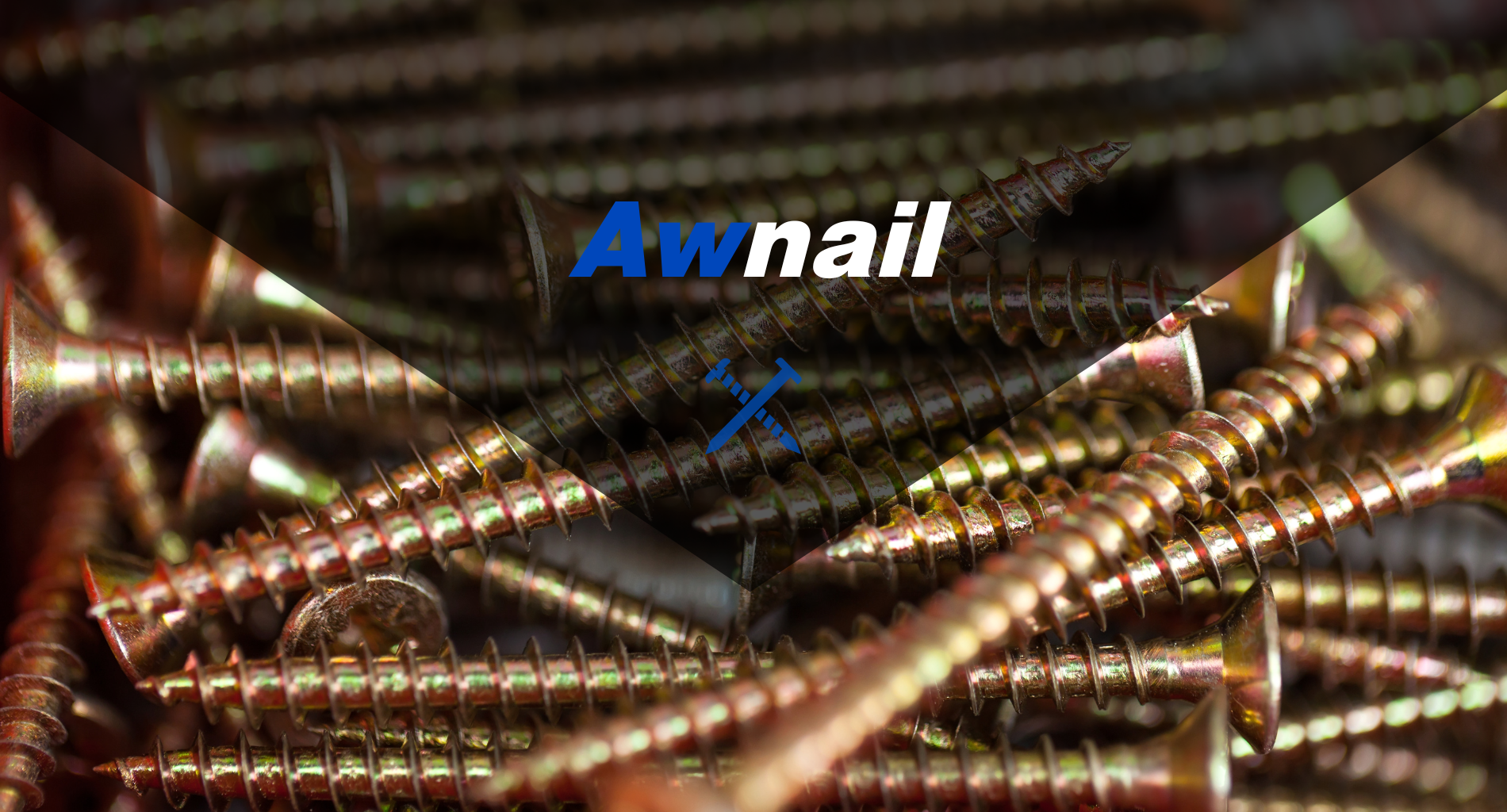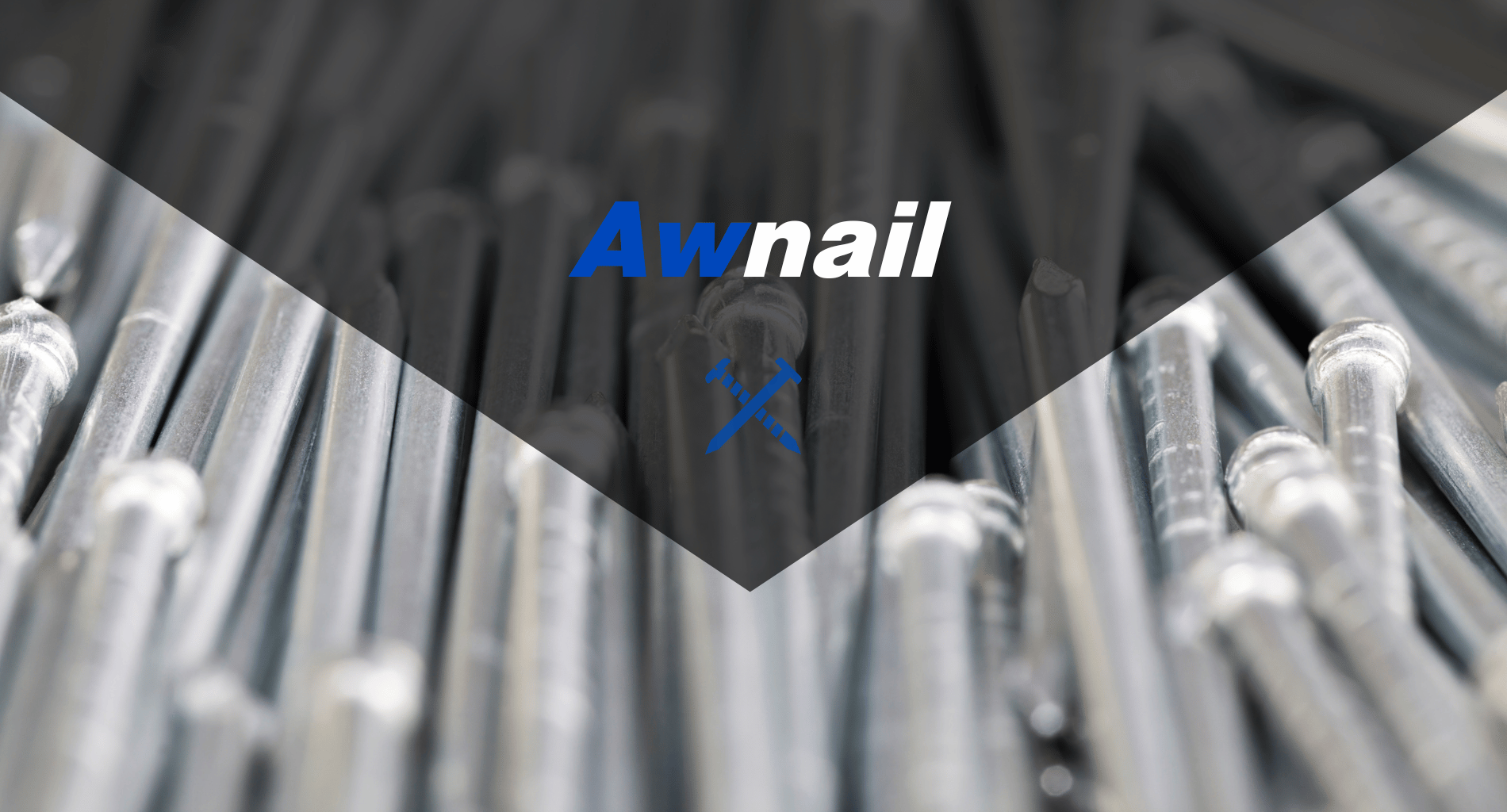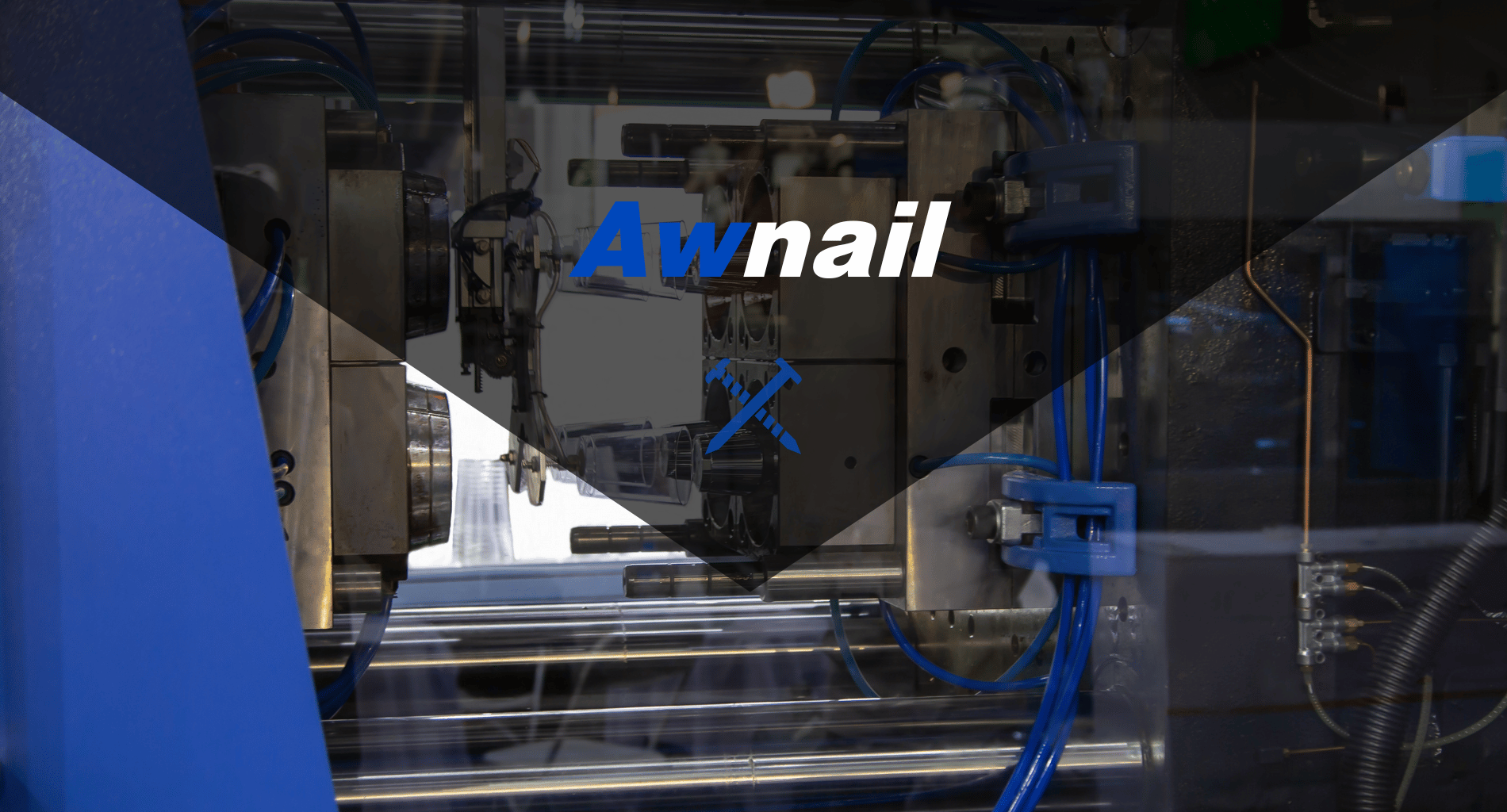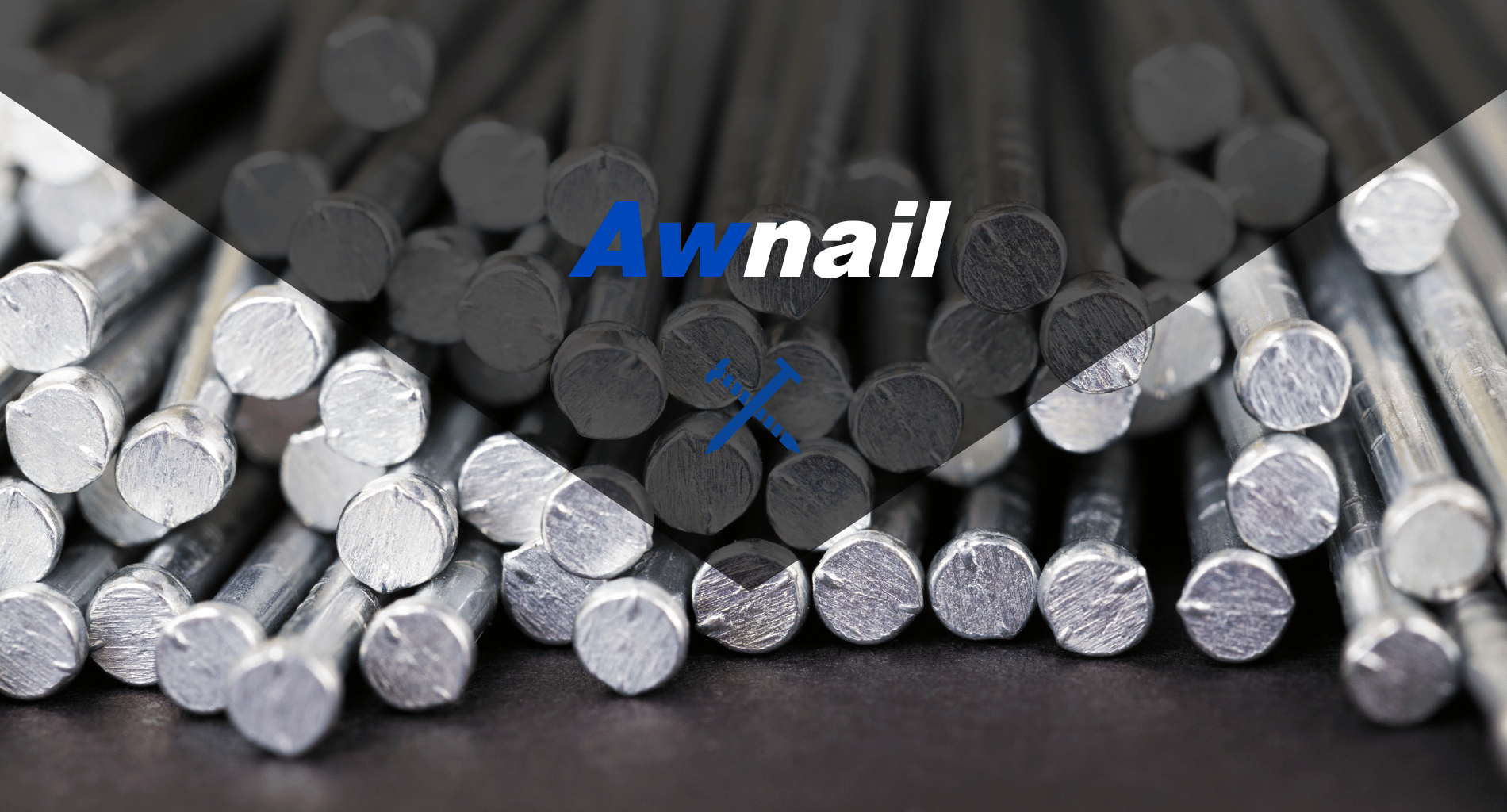Has anyone pondered what it takes to start and succeed in the nail manufacturing business? This industry, vital for various sectors like construction and furniture making, offers immense opportunities for growth and profitability.
With years of experience in the manufacturing sector and a deep understanding of the nail industry, I offer insights that are both practical and profitable.
The nail manufacturing process has evolved significantly, blending traditional craftsmanship with modern technology. This evolution has led to more efficient production methods and higher-quality products.
In this guide, we’ll explore the essential steps to establish a successful nail manufacturing business. You’ll learn about market analysis, equipment selection, production processes, and key strategies for success.
Read on to discover how to launch a successful nail manufacturing business.
Step#1 Market Research and Business Planning
Delving into market research and constructing a detailed business plan are fundamental steps for launching a nail manufacturing venture. These initial phases are crucial in comprehending the dynamics of the market and charting a strategic direction for the business. Here are some key aspects of these crucial phases:
- Market Analysis: The process begins with assessing the demand for nails in various industries, such as construction and carpentry, is essential. This includes studying current market trends, identifying potential customers, and understanding competitor strategies.
- Business Planning: Next, develop a comprehensive business plan that involves outlining business goals, production processes, financial projections, and growth strategies. A well-structured plan serves as a roadmap for the business and is instrumental in attracting investors.
- Risk Assessment and Mitigation: Lastly,it’s important to identify potential risks in the nail manufacturing industry and devise strategies to mitigate them. This covers analyzing supply chain stability, regulatory challenges, and technological advancements.

Step#2 Legal and Regulatory Requirements
Following the completion of market research and business planning, the next critical step is addressing the legal and regulatory requirements. This phase is essential for legal compliance and smooth business operation. Let’s delve into some key procedures:
- Business Registration and Licensing: Registering the business as an appropriate legal entity, such as a sole proprietorship, partnership, or corporation, is a fundamental legal requirement. Registration entails filing with authorities, and obtaining a license involves complying with local or state industry standards.
- Compliance with Industry Standards: Adherence to standards like those from the International Organization for Standardization ISO 9001 is crucial in nail manufacturing for quality and safety. These standards ensure product quality and safety, meeting global market expectations.
- Taxation and Financial Regulations: Properly managing tax liabilities is imperative. This includes understanding and complying with regional tax laws, which might include sales, income, and property taxes. Efficient tax management is key to maintaining financial stability and legal compliance.
- Environmental and Safety Regulations: Adherence to environmental and safety regulations is particularly important. For example, in nail manufacturing, regulations may dictate specific emission controls or safety measures for handling hazardous materials.

Step#3 Securing Funding and Managing Finances
Once the legal and regulatory framework is in place, securing funding and efficiently managing finances become the focal points. This stage is crucial for the financial sustainability and growth potential of the nail manufacturing business. Let’s take a look at the essential stages of this process:
- Identifying Funding Sources: Firstly, identify the various funding options such as, bank loans, venture capital, and government grants. Each source has its advantages and requirements, making it important to choose the one that aligns best with the business’s needs and goals.
- Creating a Financial Plan: Secondly, create a detailed financial plan for tracking expenses, projecting revenue, and managing cash flow. This plan serves as a financial roadmap, guiding decisions and ensuring the business stays on track financially.
- Budgeting and Cost Management: Thirdly, implement a budget that forecasts revenues, expenses, and regularly adjust it based on actual performance. This approach helps in effectively controlling costs and maintaining financial stability. Disciplined budgeting is key to business growth and sustainability.
- Financial Record Keeping and Analysis: Finally, maintaining accurate financial records and regularly analyzing them is essential for understanding the financial state of the business. This analysis can reveal trends, potential issues, and opportunities for growth or improvement.

Step#4 Choosing the Right Location and Equipment
After securing funding and managing finances, the focus shifts to selecting an optimal location and the right equipment for the nail manufacturing business. This step is crucial in ensuring operational efficiency and cost-effectiveness. Let’s take a detailed look at the importance of each aspect in this step:
- Location Analysis: Selecting a location involves considering factors like proximity to suppliers, access to target markets, and the cost of operations in the area. The chosen location should optimize logistics and reduce overhead costs.
- Equipment Selection: Choosing the right equipment is vital for production efficiency. Factors to consider include the capacity, speed, and quality of the machinery. Brands like Awnail offer a range of equipment suitable for various production scales.
- Layout Planning: Designing an efficient layout for the manufacturing facility is essential. This involves planning the arrangement of equipment and workflow to maximize productivity and ensure safety.A well-thought-out layout can significantly enhance operational efficiency.
- Utility and Infrastructure Requirements: Ensuring the location has the necessary utilities and infrastructure, such as power supply, water, and transportation access, is critical for uninterrupted production.
- Cost-Benefit Analysis of Equipment: Conduct a cost-benefit analysis to determine the most economical and efficient equipment options. This should include considerations of initial investment, maintenance costs, and potential Return on Investment (ROI).
Step#5 Developing Your Product Line
With the right location and equipment in place, the next crucial step is developing a diverse and competitive product line. This phase is about creating products that meet market demands and stand out in the industry. Let’s explore the key elements of this phase:
- Market-Driven Product Selection: Start by analyzing market trends to determine which types of nails have the highest demand. This research helps in deciding which products to include in the initial lineup.
- Quality Control Standards: Establishing stringent quality control standards ensures that each product meets industry expectations. High-quality products not only satisfy customers but also build the brand’s reputation. Maintaining consistent quality is a testament to a business’s commitment to excellence.
- Technology and Equipment Utilization: Utilize the capabilities of modern equipment, like those provided by Awnail, to produce a variety of nail types efficiently. The right technology can expand production capabilities and enhance product quality.
- Innovation and Differentiation: Continuously seek ways to innovate and differentiate the product line. This could involve exploring unique nail designs, specialized coatings, or new materials to meet specific customer needs.
- Feedback Integration: Regularly gather feedback from users and industry experts to refine and expand the product line. This feedback is crucial for continuous improvement and staying relevant in the market.

Step#6 Building a Strong Team
Having discussed the developments of a competitive product line, the focus shifts to building a strong team, which is essential for operational success and business growth. A capable and dedicated team can significantly enhance productivity and innovation. Below are the processes involved in this meticulous stage:
- Recruitment Strategy: Implement a recruitment strategy that focuses on attracting skilled individuals with industry experience. It’s important to look for candidates who not only have the technical skills but also align with the company’s culture and values.
- Training and Development: Investing in employee training and development is crucial. This ensures that the team is up-to-date with the latest industry practices and technologies. For example, training staff on new nail manufacturing equipment can greatly improve production efficiency.
- Building a Collaborative Culture: Fostering a collaborative work environment encourages teamwork and innovation. A positive and inclusive workplace culture leads to higher job satisfaction and better team performance.
- Performance Management: Establish a system for regular performance evaluations and feedback. This helps in identifying areas for improvement, setting clear objectives, and recognizing and rewarding outstanding work.

Step#7 Marketing and Sales Strategies
With a strong team in place and a product line ready to go, the next crucial phase is developing effective marketing and sales strategies. This is key to establishing market presence and driving business growth. Let’s take a look at the essential components of these stages:
- Market Segmentation and Targeting: Identifying and understanding the target market segments is crucial. This involves segmenting the market based on factors like industry, geography, and customer needs, and tailoring marketing efforts to these segments.
- Brand Positioning and Messaging: Develop a strong brand identity and consistent messaging. This should reflect the unique value proposition of the products, such as the durability and precision of nails, to differentiate them in the market.
- Digital Marketing and Online Presence: In light of data from iimskills, which indicates that more than 80% of consumers are now found online, it’s essential to establish a robust online presence. Creating a professional website and digital marketing effectively connects with a broad online customer base.
- Sales Channels and Distribution Networks: Determine the most effective sales channels, whether direct sales, distributors, or online platforms. Building a reliable distribution network ensures that products are easily accessible to customers.
- Customer Relationship Management: Implement a Customer Relationship Management (CRM) system to track sales, manage customer interactions, and gather valuable data.This data can be used to refine marketing strategies and improve customer service.

Step#8 Launching Your Business
Finally, after meticulous planning and preparation, the stage is set for launching the nail manufacturing business. This pivotal step involves executing the developed strategies and introducing the brand to its target market. Here are some key aspects of this concluding phase:
- Final Preparations: Ensure that all the operational, legal, and financial aspects are in order before the launch. This includes finalizing product lines, ensuring equipment is operational, and confirming that all legal and regulatory requirements are met.
To ensure a smooth and successful launch, it’s crucial to address all operational, legal, and financial aspects thoroughly. Below is a table that outlines the key final preparations businesses should undertake before launching, covering product lines, equipment readiness, and compliance with legal and regulatory requirements.
| Aspect | Preparation | Purpose |
| Operational Readiness | Finalize product lines and ensure all equipment is operational. | Guarantees that the production process can commence without delays, with all products ready for market introduction. |
| Legal Compliance | Confirm compliance with all relevant legal and regulatory requirements. | Prevents legal issues that could delay the launch or result in fines, ensuring operations are in accordance with local, national, and international laws. |
| Financial Planning | Review and finalize the budget, secure funding, and ensure liquidity for operations. | Ensures financial stability and availability of funds to cover operational costs, marketing, and unforeseen expenses during and after the launch. |
| Market Analysis | Complete a final review of market research to refine marketing strategies and product positioning. | Aligns product offerings with market demand, optimizing marketing efforts for better reach and customer engagement. |
| Supply Chain Management | Confirm agreements with suppliers and logistics partners. | Ensures a smooth supply chain, preventing delays in raw materials supply and product distribution. |
| Quality Assurance | Implement final quality checks for products and processes. | Ensures that products meet quality standards, enhancing customer satisfaction and reducing the risk of returns or complaints. |
| Staff Training | Complete staff training on products, processes, and customer service. | Equips staff with the necessary knowledge and skills to operate efficiently, ensuring a high level of service and operational excellence. |
| Customer Support | Set up customer support systems, including helplines, email support, and FAQs. | Provides customers with accessible support, enhancing the customer experience and building brand loyalty. |
| Launch Communication | Finalize launch event plans and marketing communications. | Maximizes awareness and engagement among potential customers, stakeholders, and the media to ensure a successful launch. |
- Launch Event or Campaign: Organize a launch event or a marketing campaign to announce the business to the market. This could be a physical event, an online campaign, or a combination of both. A well-planned launch creates excitement and draws attention to the brand.
- Initial Sales and Distribution Efforts: Focus on initial sales efforts and establishing distribution channels. This might involve working closely with distributors, retailers, or direct selling to end-users.
- Monitoring and Adjusting: After the launch, closely monitor the business’s performance. Be prepared to adjust strategies in response to customer feedback, sales data, and market trends.
Dive Deeper Into Our Resources
Looking for more diverse product options? Browse through our handpicked selections:
For some insightful reads, we’ve curated a list of recommended articles just for you:
- 7 Essential Factors for Setting Up a Nail Manufacturing Business
- Navigating Challenges in the Nail Making Machine Market: A Comprehensive Strategy for Startup Success
Still haven’t found what you’re looking for? Don’t hesitate to contact us. We’re available around the clock to assist you.
Conclusion
This comprehensive guide offers a clear roadmap for establishing a successful nail manufacturing business, covering essential aspects from market research to business launch. Each step outlined provides valuable insights, ensuring that aspiring entrepreneurs are well-equipped to navigate this dynamic industry.
For specialized equipment and expert advice tailored to your nail manufacturing needs, Awnail is your go-to resource. Reach out to us for personalized solutions that can help elevate your business to new heights.







